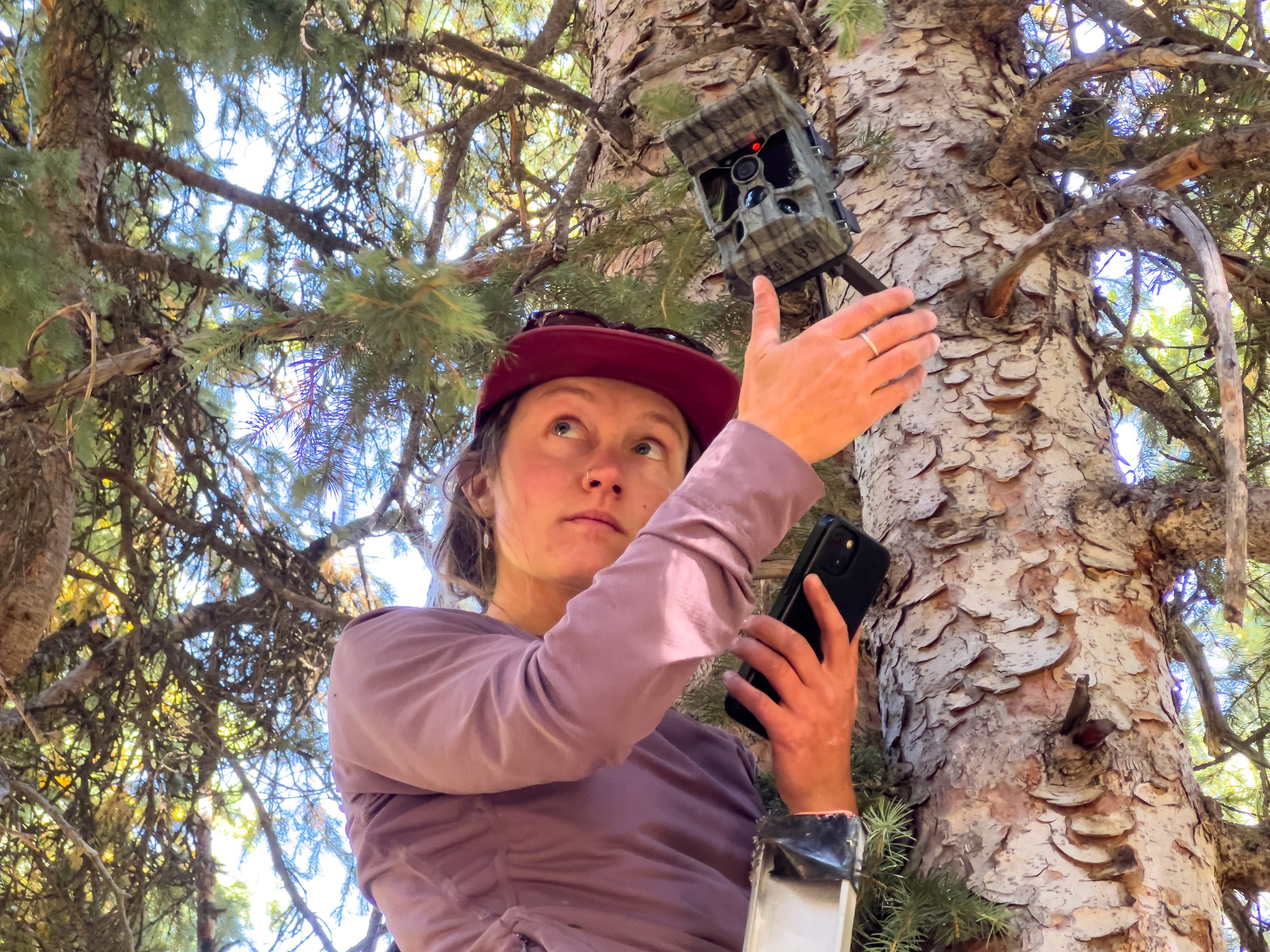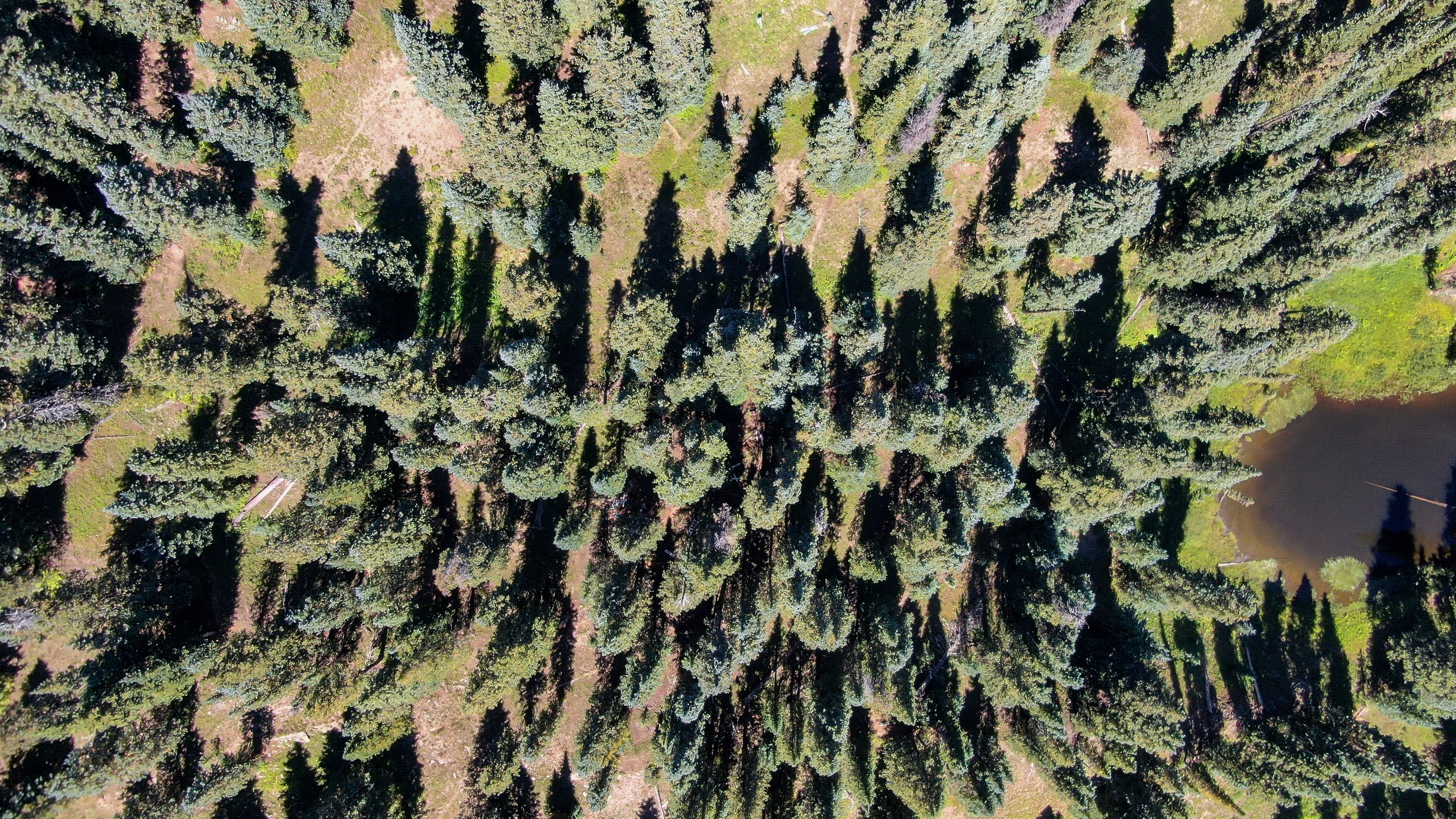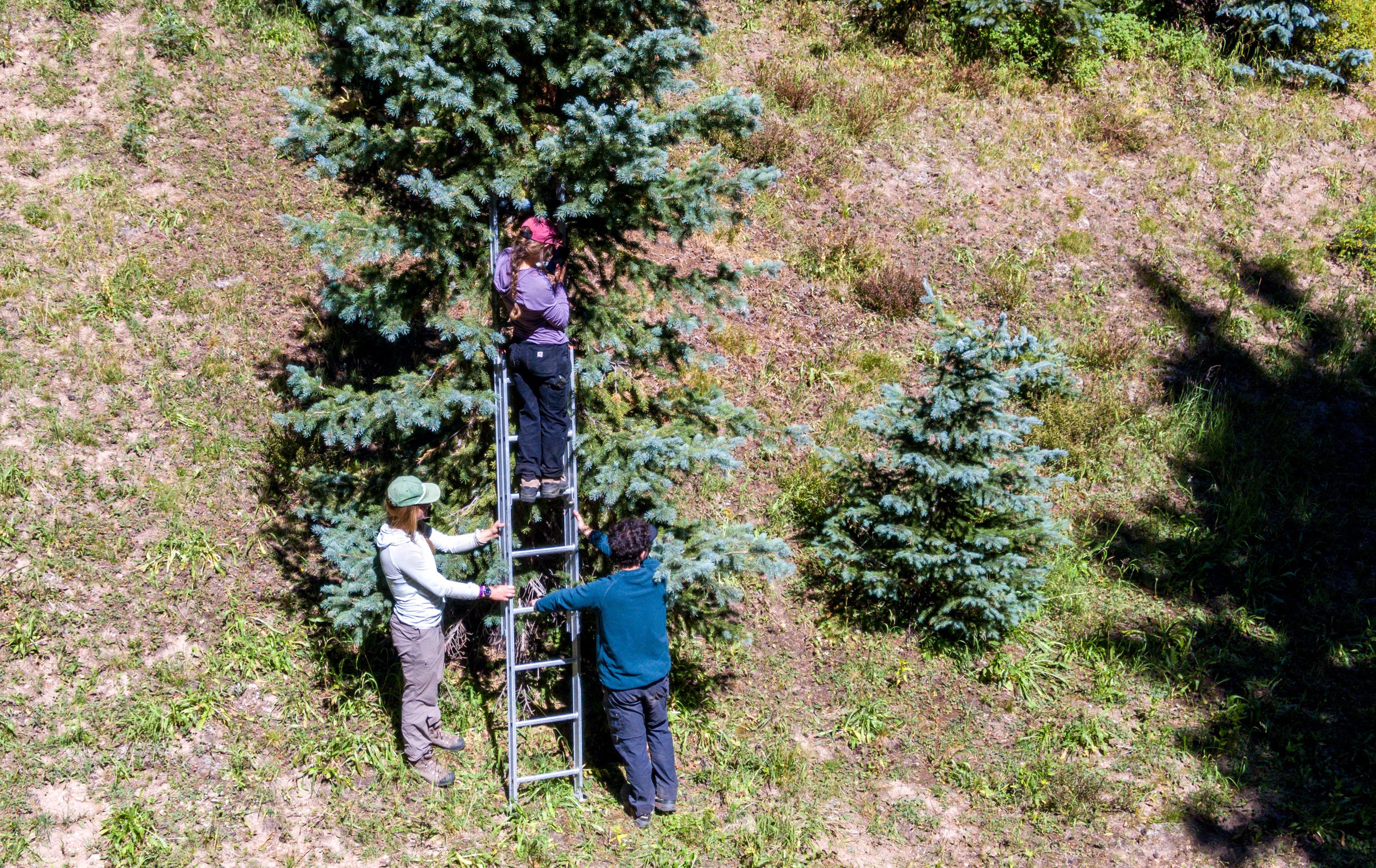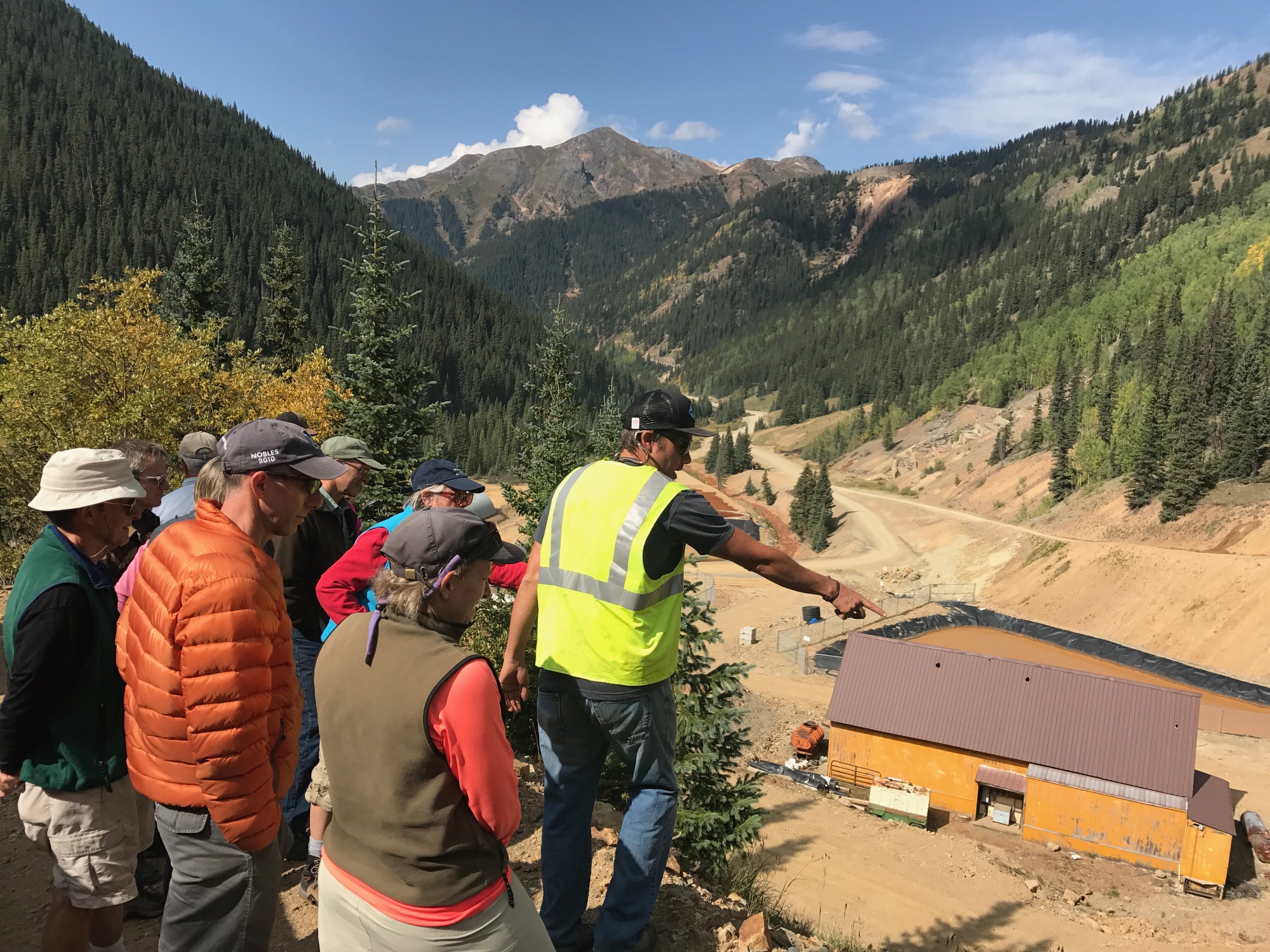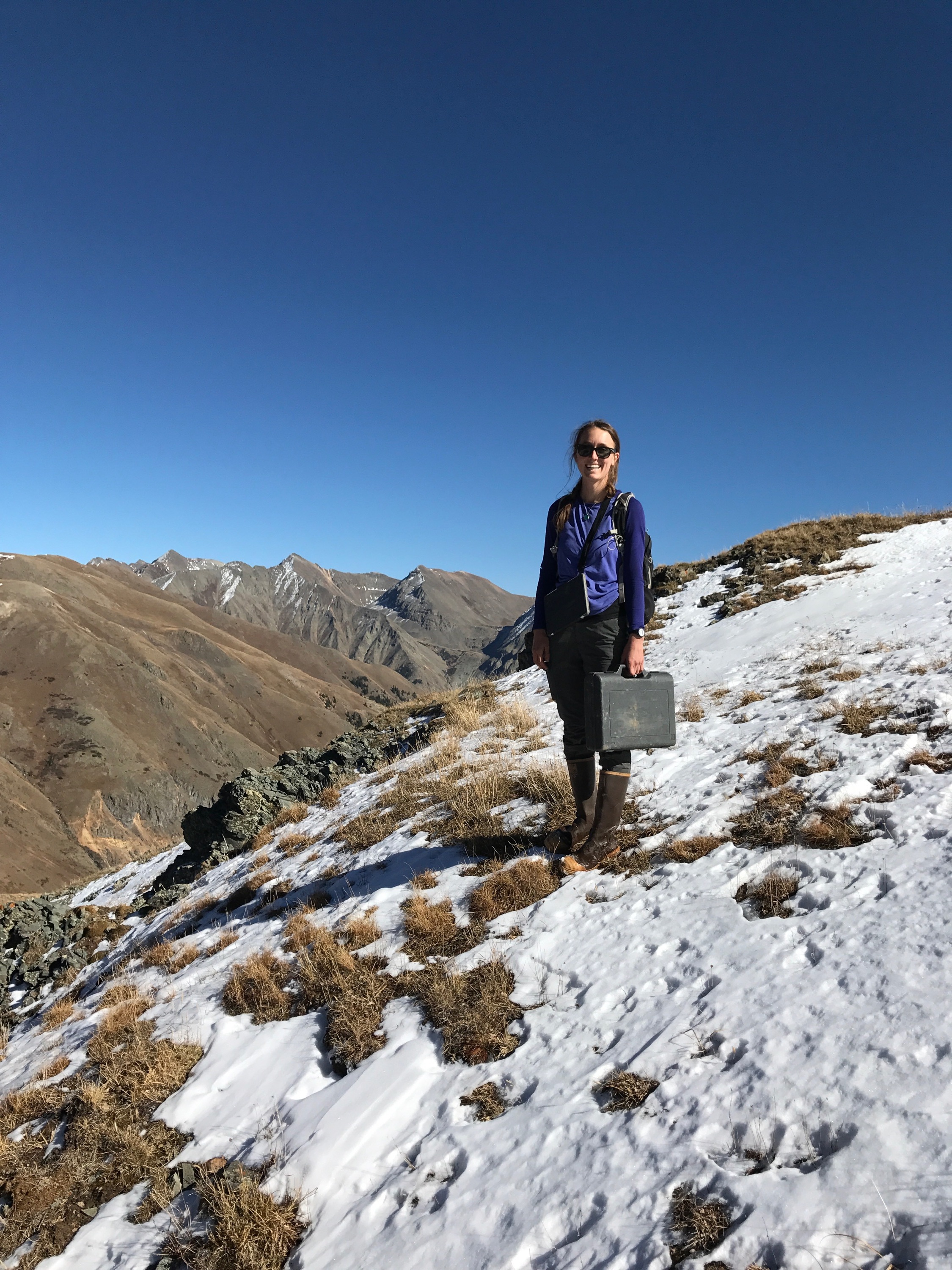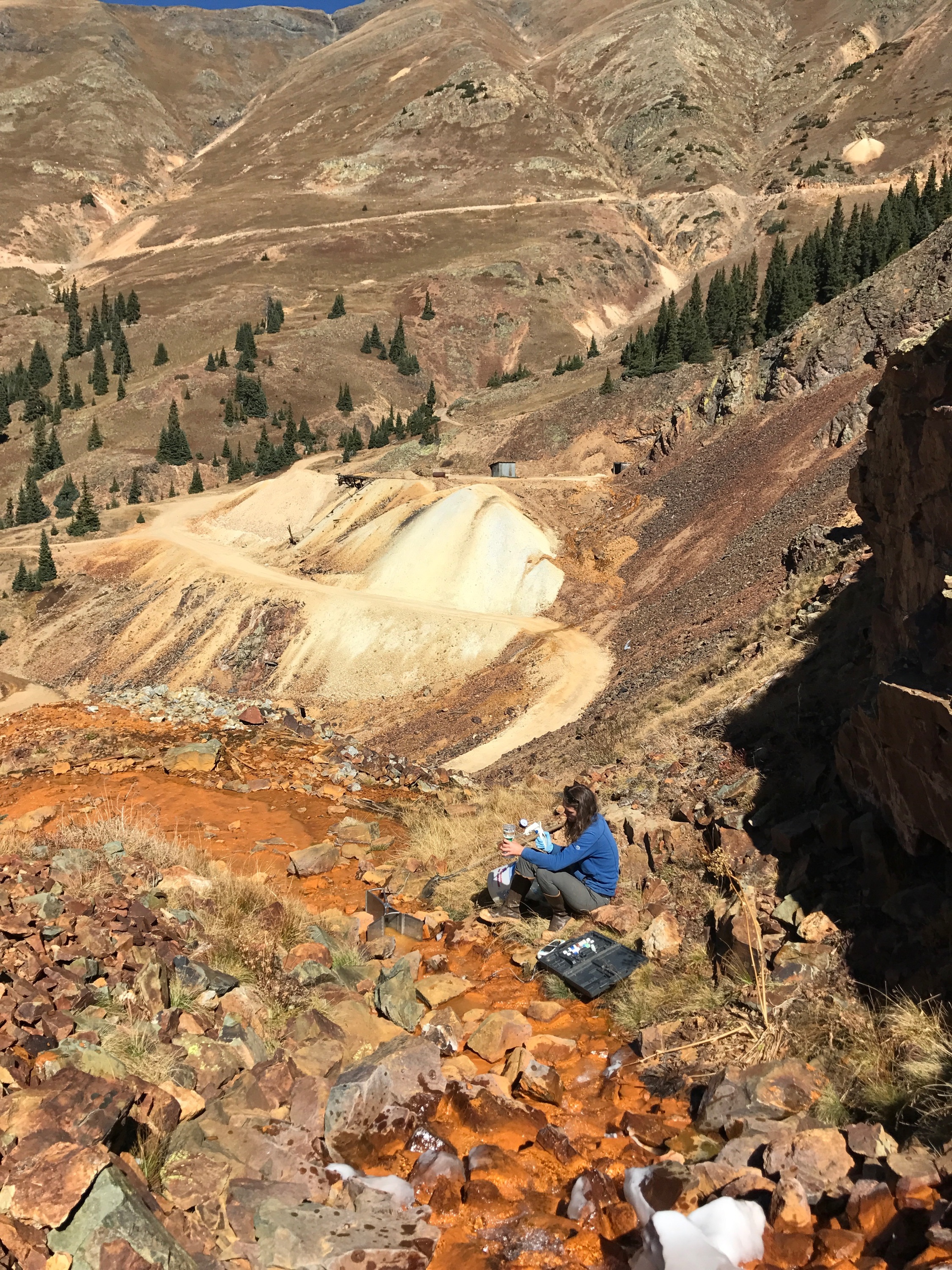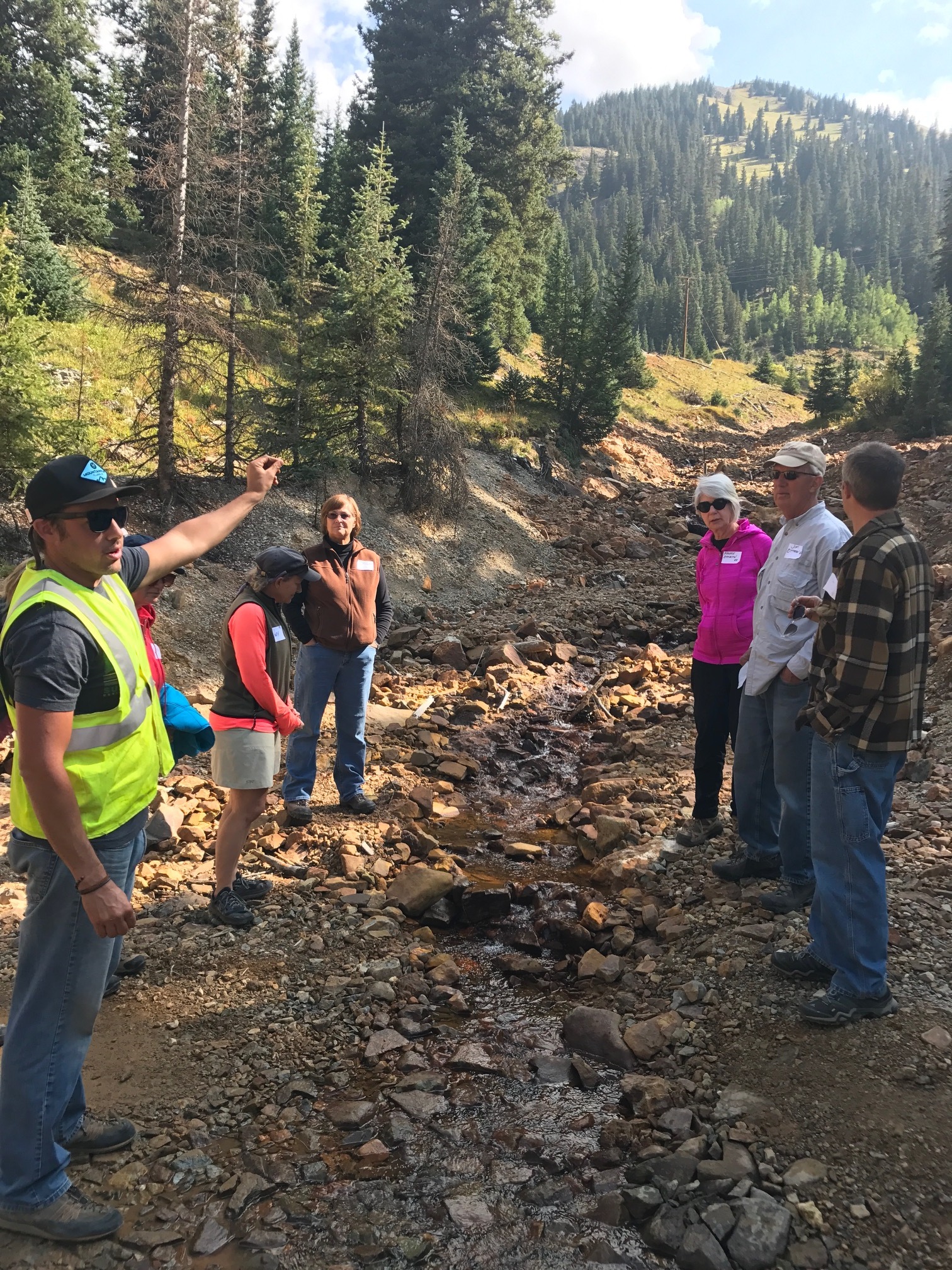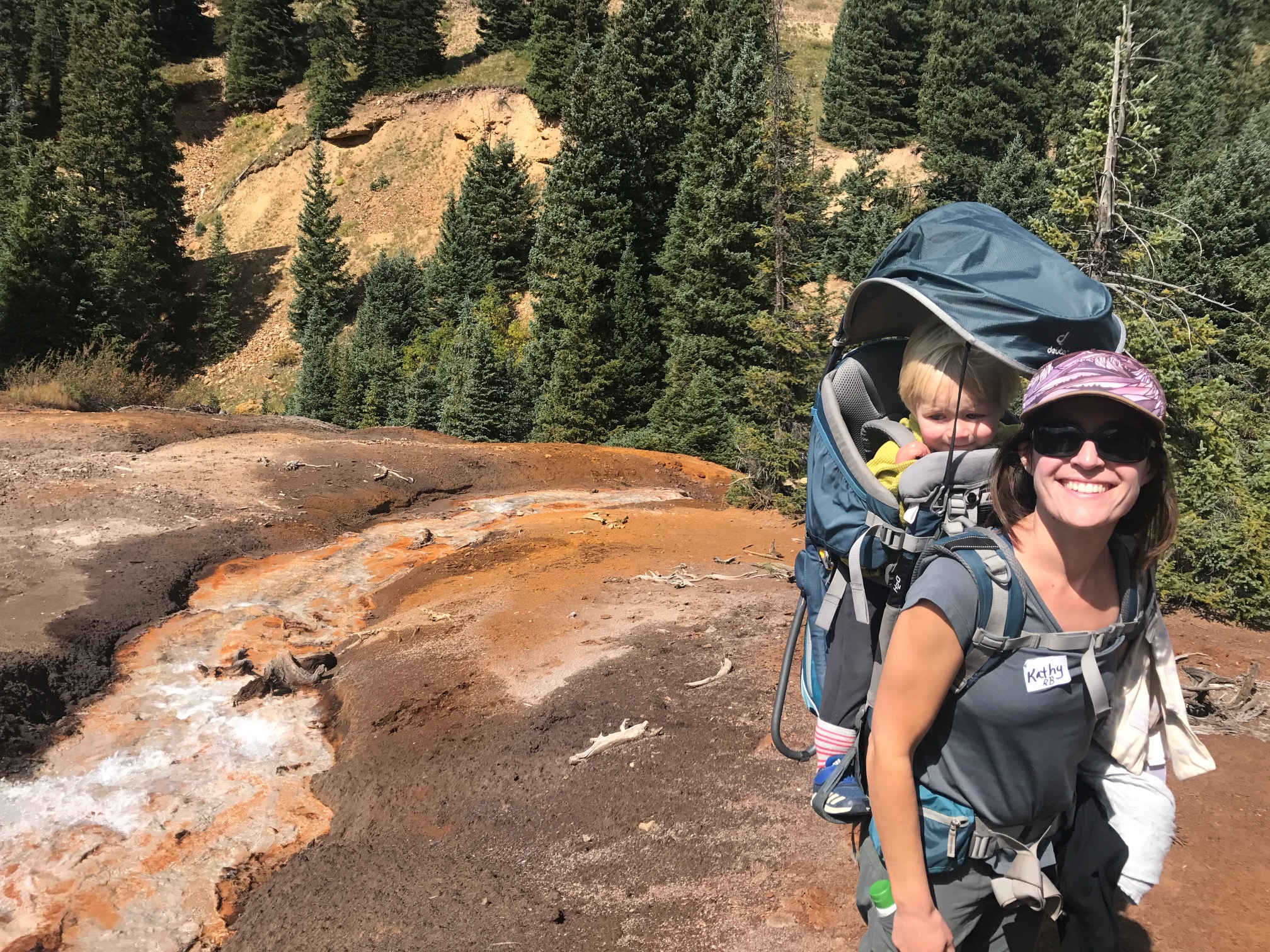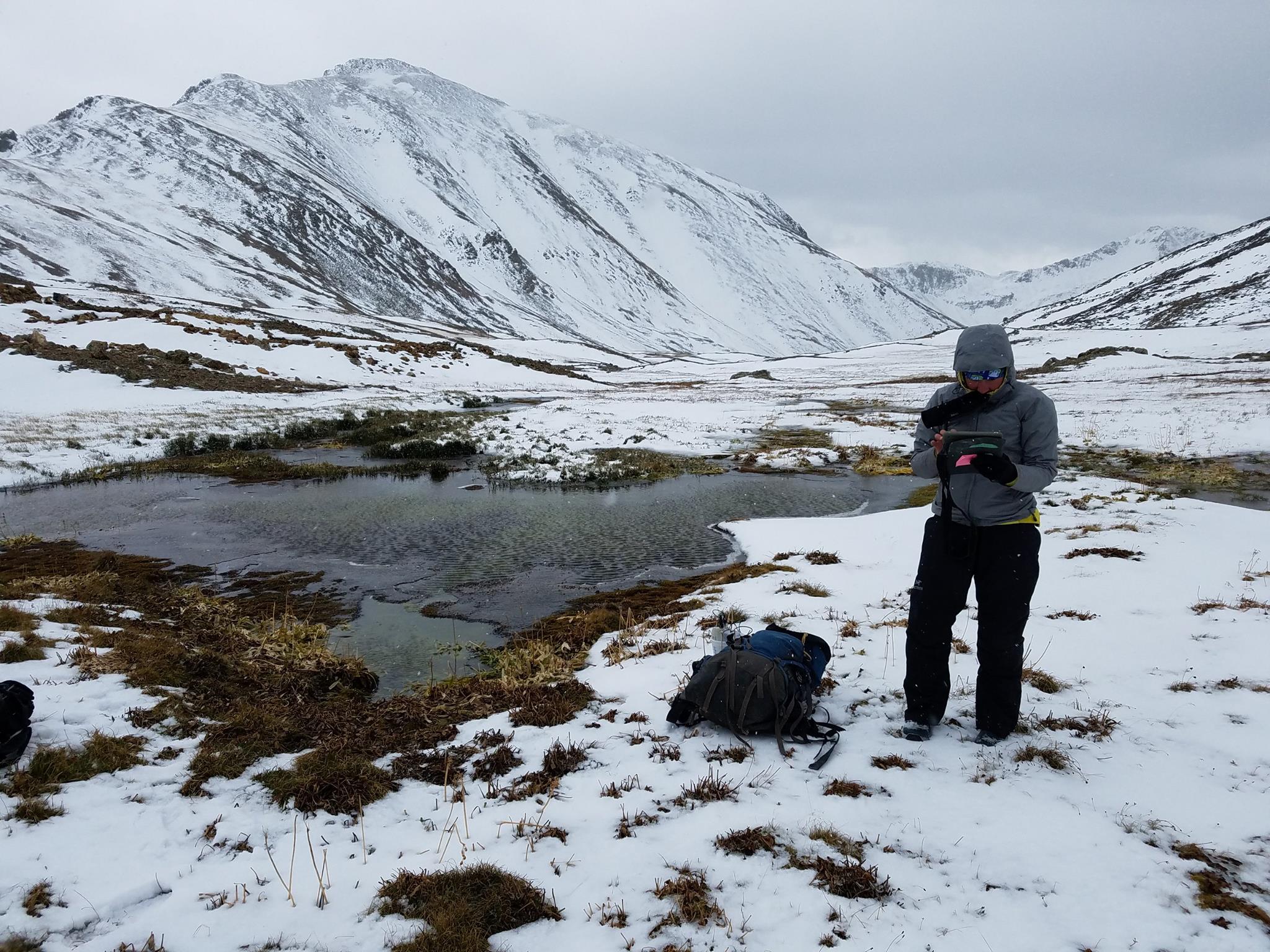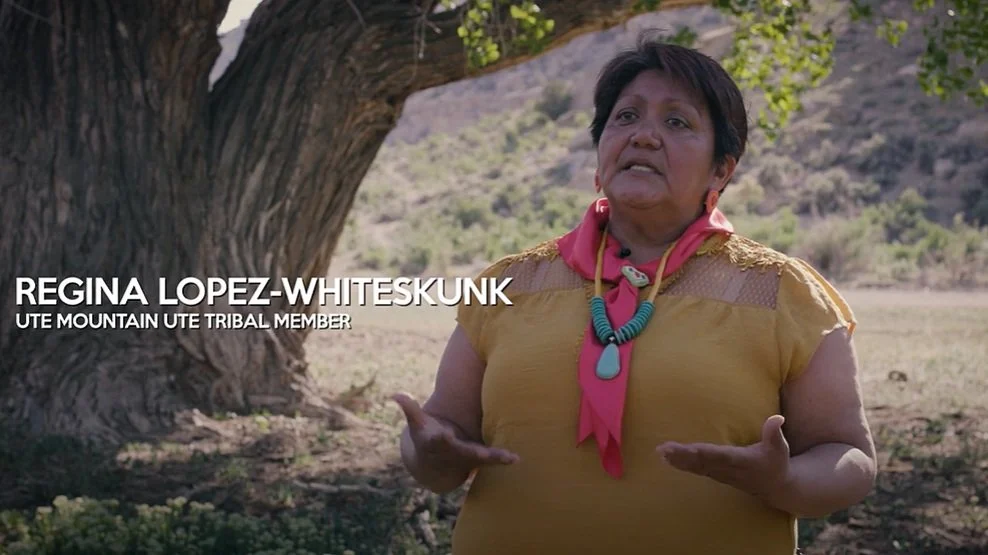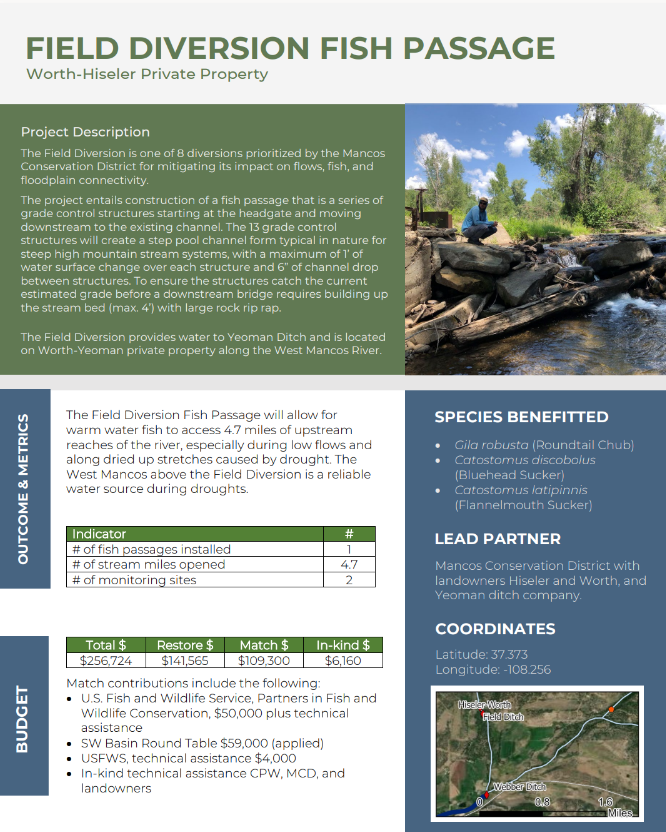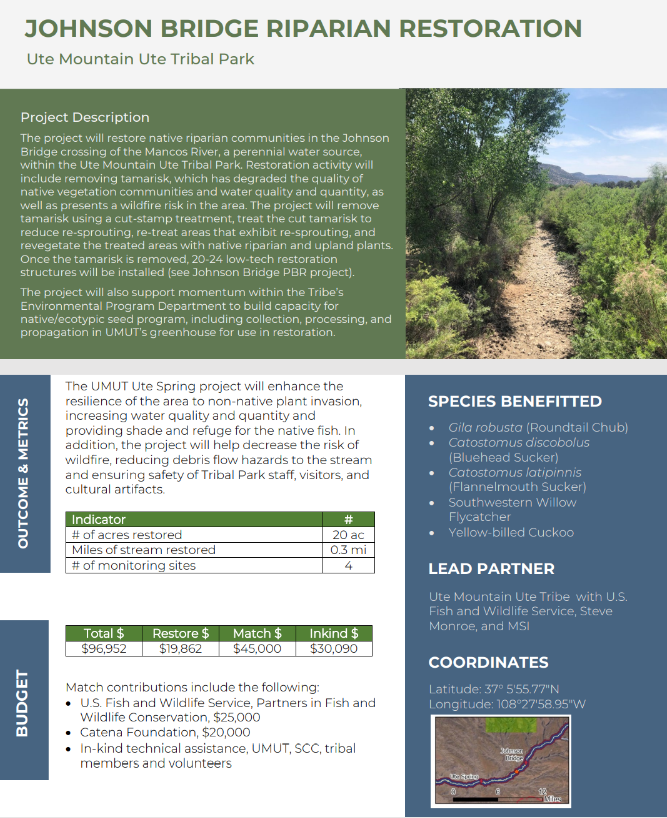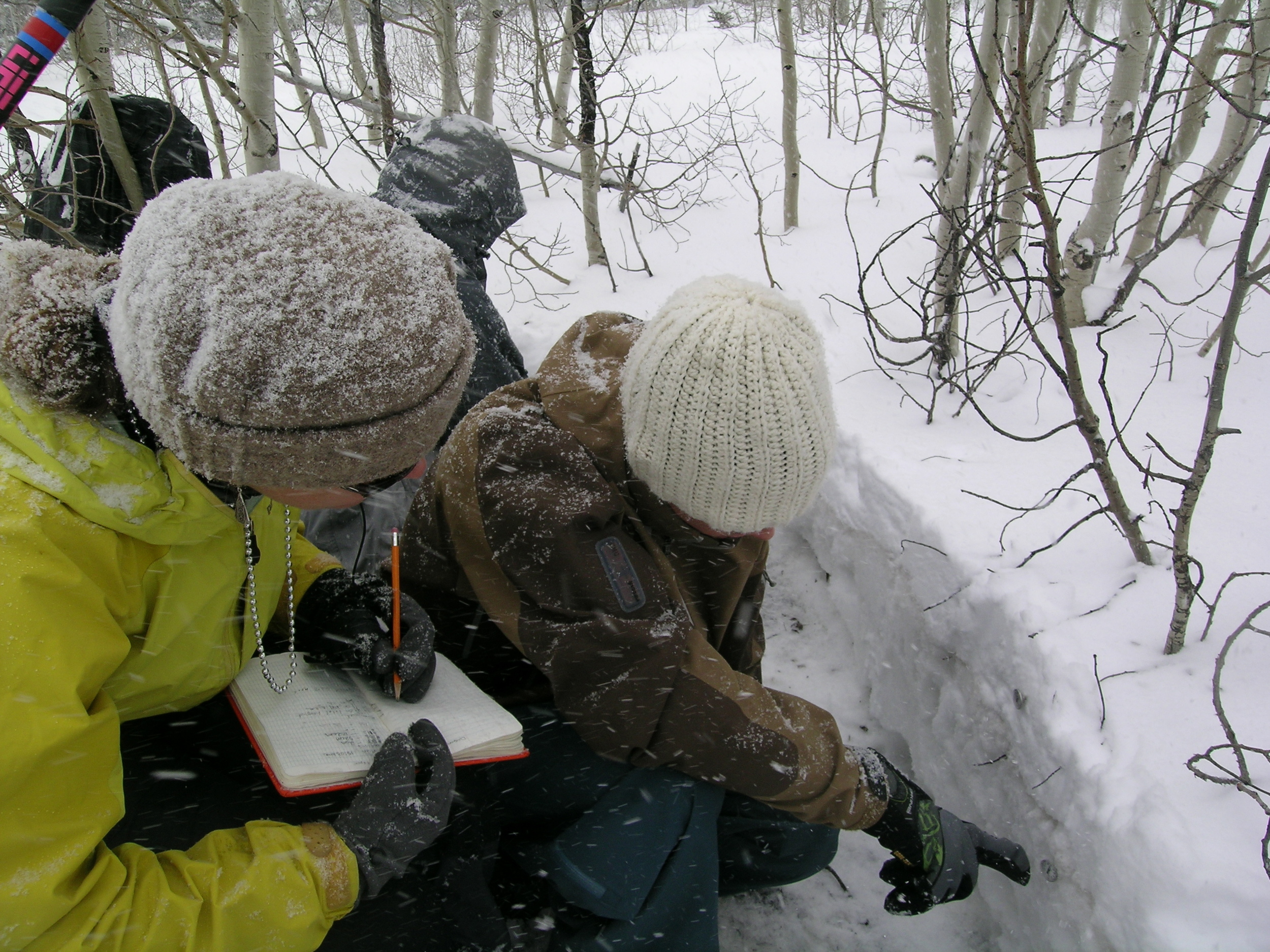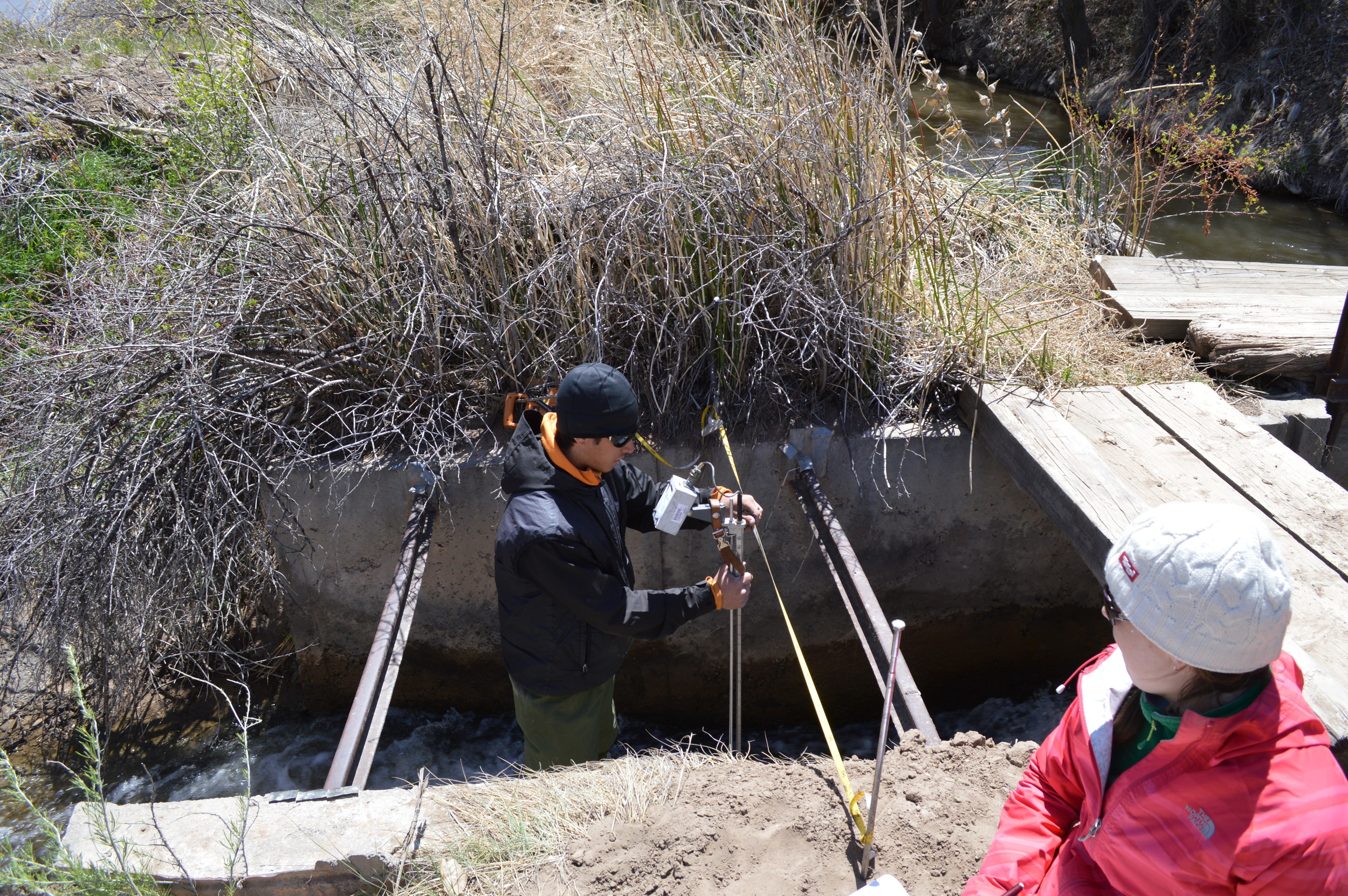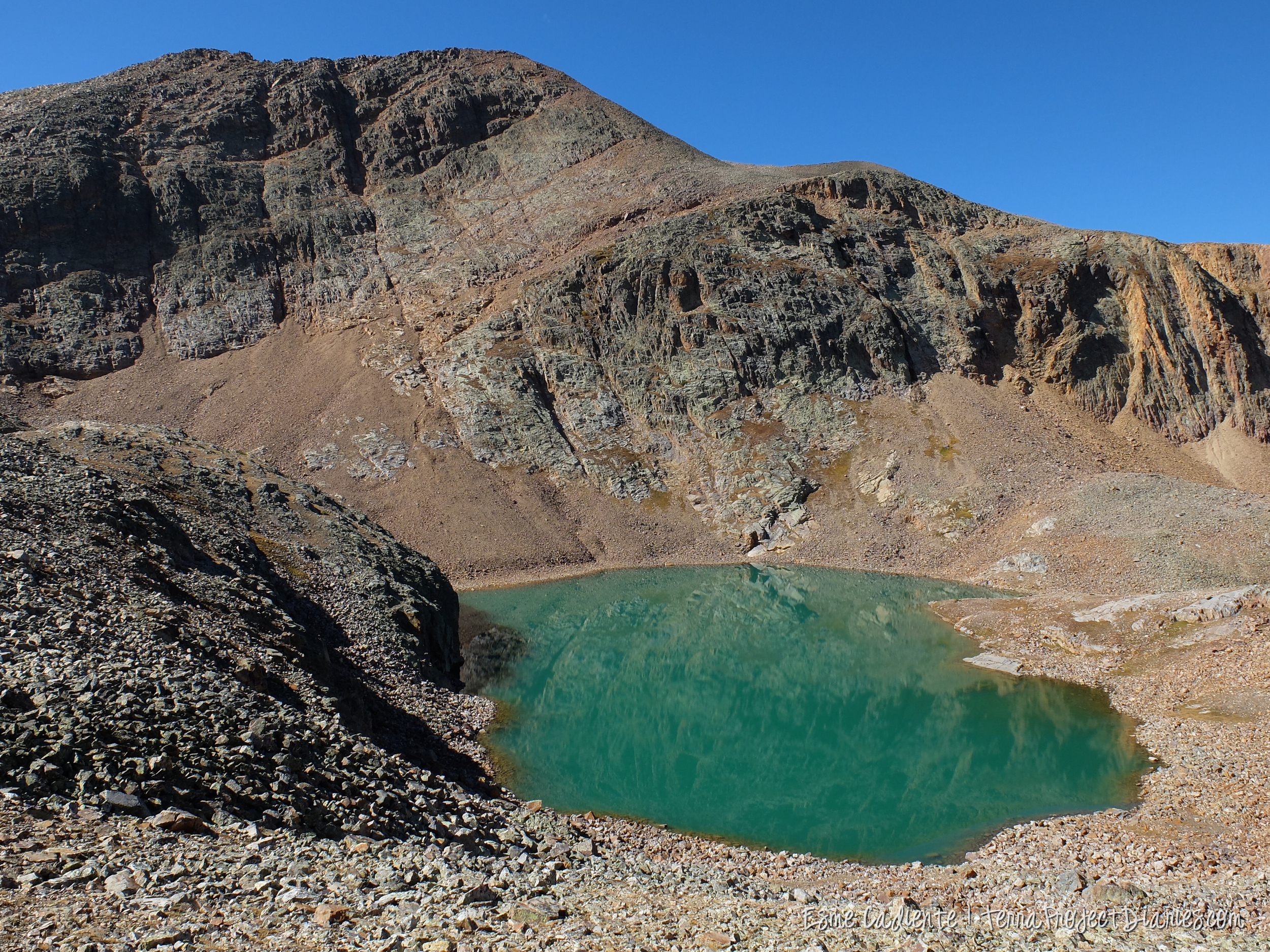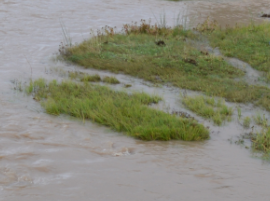What is the Issue?
The Upper Cretaceous Fruitland Formation of the San Juan Basin is presently the second largest gas producing basin in the United States, with total reserves estimated at 1.4 x 109 m3. This geologic formation covers portions of northern New Mexico and southwestern Colorado. There is considerable uncertainty about how coalbed methane production from the Fruitland outcrop may affect the quantity and quality of nearby surface waters, springs, wetlands, and groundwater systems.
What is the Overall Objective of the Investigation?
To describe current groundwater – surface water interactions in the Fruitland Outcrop area, and monitor subsequent changes in hydrology that may occur in association with development of coalbed methane (CBM) reservoirs. The scope of the project is southwestern Colorado in eastern La Plata County and western Archuleta County.
What are more specific goals?
1. Map stratigraphic sections, faults and facies variations in the Fruitland Formation in Archuleta County using standard hydro-geologic techniques to: a) Identify and map springs and wetlands along the outcrop of the Fruitland Formation coals, and b) Relate these hydrologic features to the facies heterogeneity in the Fruitland Formation.
2. Provide baseline information on the current isotopic and geochemical content of selected waters (springs, streams, wetlands, near surface saturated areas, deep groundwater) along and near the Fruitland Outcrop prior to development of methane gas production.
3. Monitor future changes in these water bodies that may occur in association with development of CBM resources.
4. Use the isotopic and geochemical information, along with the hydrogeologic mapping information and mathematical models such as principal component analysis and end-member mixing analysis, to estimate residence times, sources, flow paths and ages of these different waters in, near, and below the Fruitland Outcrop prior to development of methane gas production.
5. Use the above information for developing "what if" scenarios that address how methane gas production may affect future surface and ground water quantity and quality along the Fruitland Outcrop
6. Provide the information to stakeholders for informed decision making.
7. Serve as a model for how to evaluate surface-groundwater interactions in the many CBM producing basins.
8. To contribute to the current mission of the COGCC and the San Juan Public Lands Technical Working Group to "Map, Model, Monitor, and Mitigate" impacts along the Fruitland outcrop in eastern La Plata County and western Archuleta County.
What has been done so far on the investigation?
Phase 1: (Goals 1, 2; Partial fulfillment of Goals 4-8).
We collected water samples from streams, springs, shallow groundwater (piezometers), domestic drinking water wells, precipitation, gas wells, and irrigation ditches during low flow (autumn 2008) and high flow (spring/summer 2009). The samples have been analyzed for major ions, oxygen 18 isotope, and tritium. Landowners were sent copies of their individual water chemistry results. Mapping of geologic stratigraphy, wetlands, and seeps has also been completed. Preliminary analysis of results have been completed and are available in a report produced by Dr. Williams and Adrianne Kroepsch.
Geology in Study Area
The light yellow band (approximately horizontal) is the Fruitland Outcrop. City and River locations are labeled. Durango is on the left edge of the map. (Click on map for larger image)



